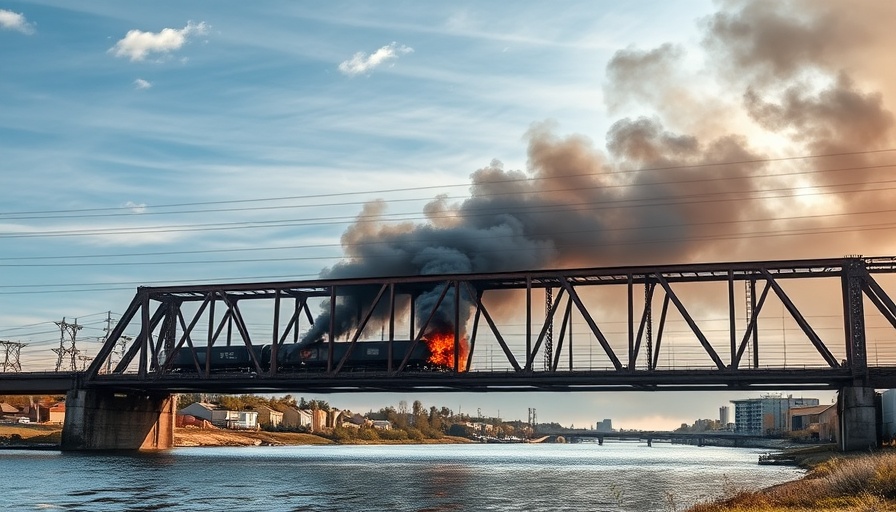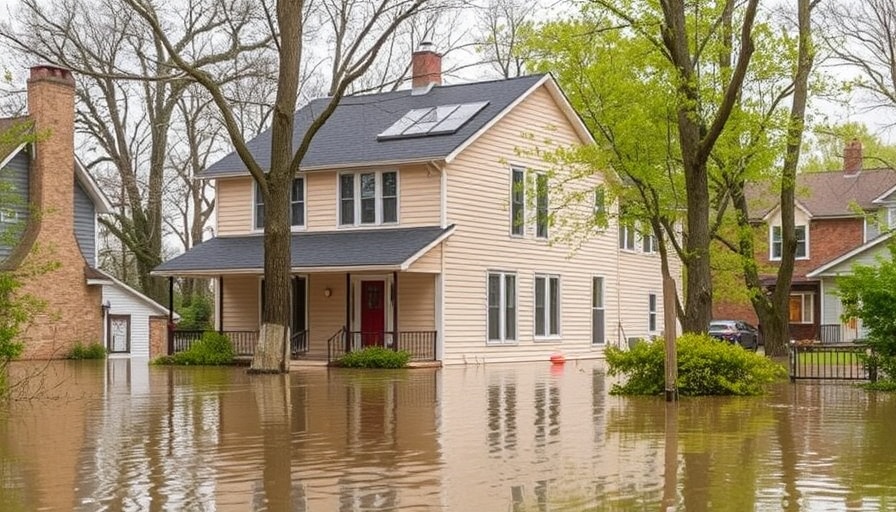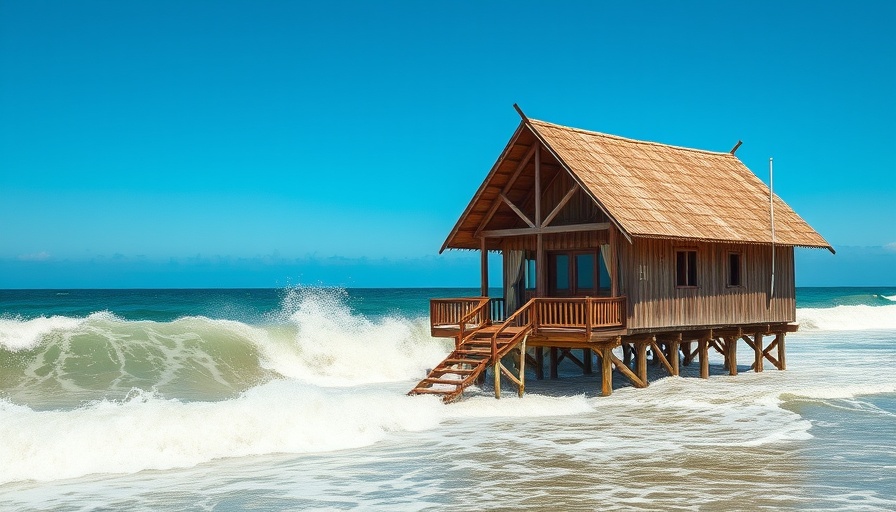
Americans at Risk: The Hidden Dangers of Aging Railroad Bridges
The recent collapse of a railroad bridge in Corvallis, Oregon, illuminates a pressing issue: the perilous state of America’s aging railroad infrastructure. While most of us are aware of the regular inspections and public reporting for roadway bridges, the same transparency does not extend to railroad bridges, leaving vehicle owners and the general public exposed to potential hazards.
Why Self-Inspections Are Not Enough
In January 2025, a freight train crashed through the already weakened Corvallis bridge, releasing tons of dangerous fertilizer into the Marys River. Such a catastrophic event raises concerns not only about environmental safety but also about the overall reliability of self-inspections conducted by rail companies. Unlike roadway bridges, which must undergo public inspections, the responsibility for assessing the safety of railroad bridges lies predominantly with the rail companies themselves, leading to critical gaps in accountability and oversight.
The Role of Government Oversight
An investigation by the Howard Center for Investigative Journalism reveals alarming statistics that highlight the inadequacy of oversight in the railroad system. Only six inspectors from the Federal Railroad Administration (FRA) are tasked with monitoring the safety of over 70,000 railroad bridges across the U.S. This means that each inspector is responsible for approximately 11,667 bridges—a staggering number that simply cannot ensure the level of safety required for such vital infrastructure.
Moreover, estimates indicate that nearly 10% of U.S. railroads have yet to undergo a mandatory audit of their bridge management programs, a requirement that has been in place for 15 years. This neglect raises serious questions about the effectiveness of current regulations and the safety of rail travel.
Bridging the Gap: The Need for Transparency
The lack of transparency surrounding railroad bridge inspections is a significant concern. Many rail companies are not required to disclose inspection results, claiming that these reports are too technical for general public comprehension. However, the implications of keeping this information concealed can be dire, as the Corvallis incident showed. Vehicle owners and residents living nearby cannot be expected to trust a system that keeps crucial safety issues under wraps.
As local advocate Michelle Emmons pointed out, continuous operations over the weakened structure suggested a looming disaster that could have been potentially avoided with proper oversight and transparency.
What Vehicle Owners Should Know
For vehicle owners and the general public, it is crucial to understand the risks involved, especially if you live or travel near railroad crossings. Though your vehicle may not directly interact with railroad bridges, the consequences of a failure can impact property safety and personal liability. Furthermore, if you are involved in an accident caused by infrastructure failure, knowing how to navigate the insurance claim process is essential.
Should you find yourself in a situation where your property is damaged as a result of structural failure, it is imperative to document all evidence meticulously and be prepared to deal with insurance adjusters, who may attempt to minimize claims. Knowledge of how to file a claim effectively could mean the difference between fair compensation and a denied insurance claim.
Future Projections: What Lies Ahead?
As infrastructure continues to deteriorate, advocates demand increased regulation and public reporting similar to what exists for roadway bridges. This mounting pressure for accountability could potentially push for reforms that would enhance safety protocols and builder accountability in the long term.
Vehicle owners can play a role by demanding transparency and advocating for improvements in railroad bridge inspections. By voicing concerns to local representatives, a sense of urgency can be established around this pressing issue.
A Call to Action: Stay Informed and Prepared
The recent events surrounding the Corvallis bridge collapse serve as a stark reminder of the vulnerabilities we face when it comes to infrastructure safety. Vehicle owners should remain informed about their rights and options regarding property damage claims. Taking proactive steps can empower you to negotiate effectively with insurance companies and navigate the complexities of filing claims when necessary.
Stay vigilant about local infrastructure and engage in discussions about safety improvements within your communities. Enhancing oversight on railroad bridges is not just a regulatory requirement; it is a life-saving necessity.
 Add Row
Add Row  Add
Add 




Write A Comment